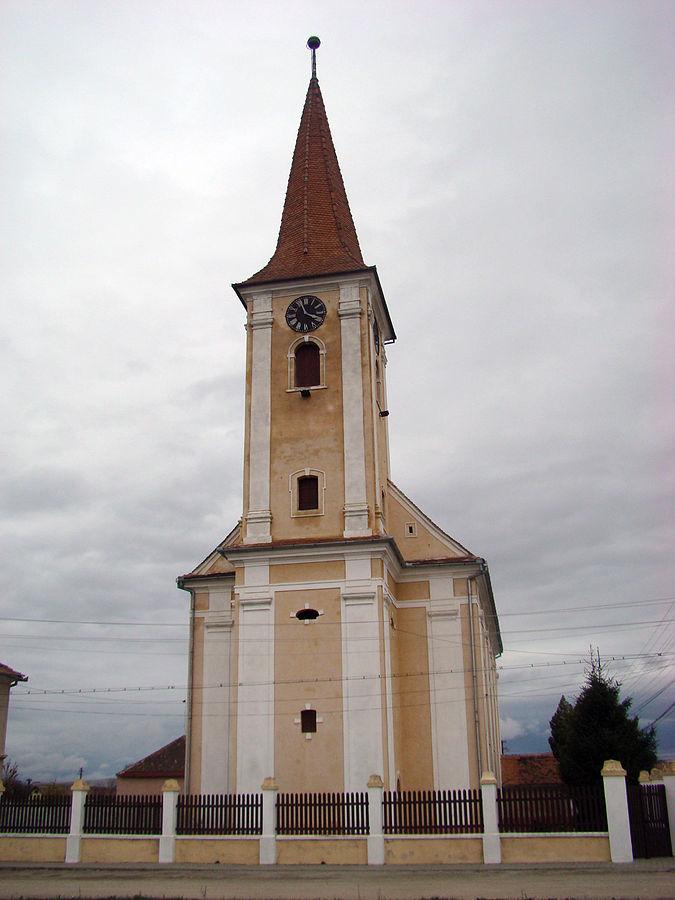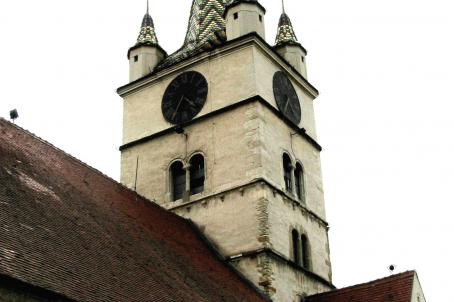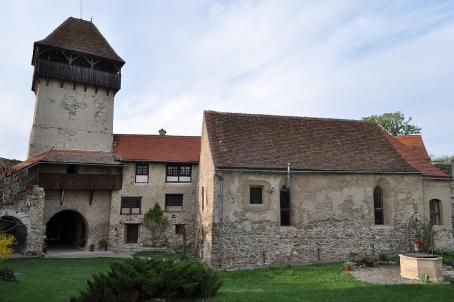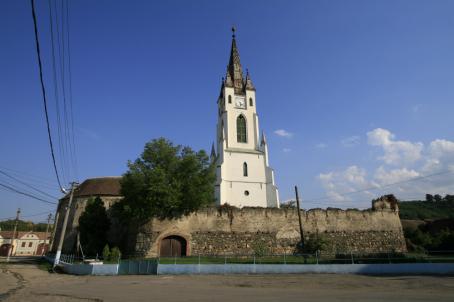Petreşti Fortified Church
During the 13th century a Romanesque basilica was built on a hill outside the village, but only the ruin of the bell tower covered in greenery and the remains of the surrounding boulder wall that was probably built already end of 13th – beginning of the 14th century are still preserved. On the southern side the ruins of a former bastion can still be identified.
The rest of the church was demolished in 1805, the resulting material being used to erect a new building inside the village. The neoclassical hall church is covered with penetrated barrel vault and has a bell tower on the western side. The neoclassical altar was built in 1877 by Fritz Reuschel from Sebeş and the Rieger company built the organ in 1895.
About this building
For more information visit on this building visit https://kirchenburgen.org/en/location/petersdorf-petresti/






